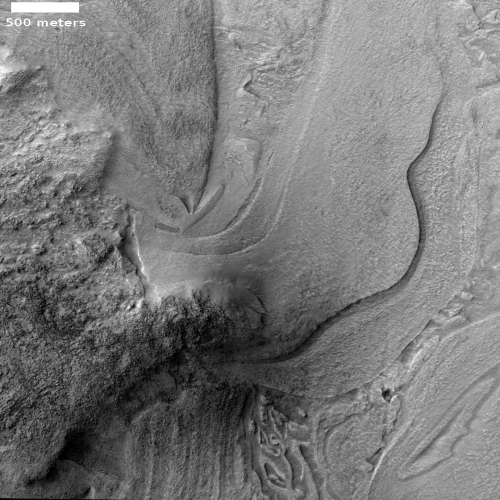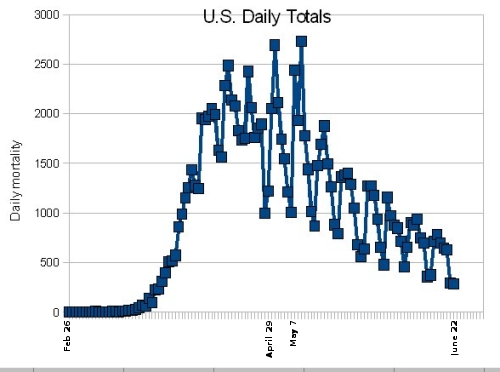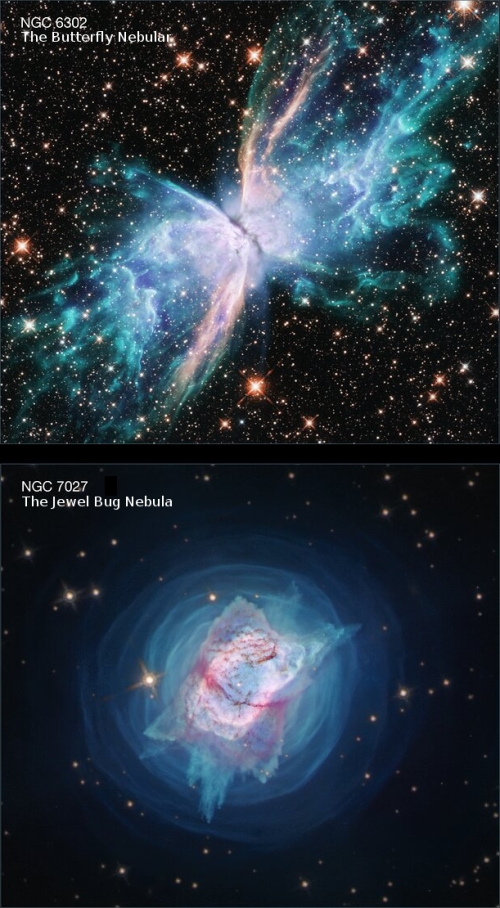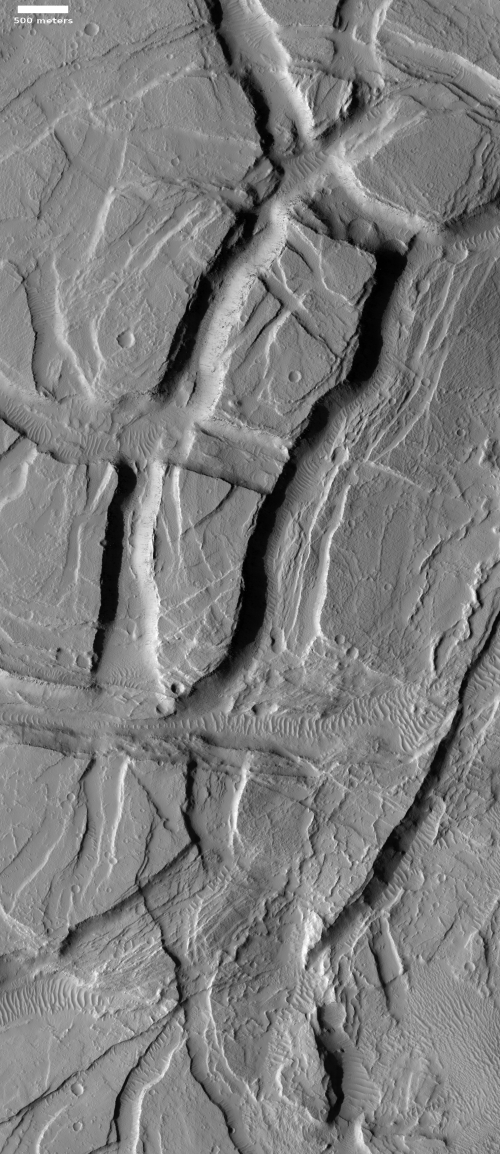Ocasio-Cortez wins primary with 70% of vote
They’re coming for you next: Proudly communist Alexandria Ocasio-Cortez (D-New York) today won her Democratic primary in New York, garnering 70% of the vote.
I know that many conservatives believe that the madness of the past four months will finally convince voters that it is time to reject the Democratic Party. I have seen no evidence of this. Instead, what I see is a Democratic voting block that remains set in concrete, immune to any facts or ideas that challenge its position. And it has remained so my entire life.
This victory by Ocasio-Cortez illustrates this. Despite her campaign to kick Amazon out of New York (costing her district tens of thousands of jobs), despite her clear lack of coherent knowledge of history or science, despite her Marxist agenda (as very well illustrated by her Green New Deal), and despite her generally hateful and racist rhetoric towards those who disagree with her, the voters in her district want her, and voted overwhelmingly for her.
In New York there is no viable Republican Party. Ocasio-Cortez has essentially won another two years in office tonight, as well as an endorsement of her race-based policies.
They’re coming for you next: Proudly communist Alexandria Ocasio-Cortez (D-New York) today won her Democratic primary in New York, garnering 70% of the vote.
I know that many conservatives believe that the madness of the past four months will finally convince voters that it is time to reject the Democratic Party. I have seen no evidence of this. Instead, what I see is a Democratic voting block that remains set in concrete, immune to any facts or ideas that challenge its position. And it has remained so my entire life.
This victory by Ocasio-Cortez illustrates this. Despite her campaign to kick Amazon out of New York (costing her district tens of thousands of jobs), despite her clear lack of coherent knowledge of history or science, despite her Marxist agenda (as very well illustrated by her Green New Deal), and despite her generally hateful and racist rhetoric towards those who disagree with her, the voters in her district want her, and voted overwhelmingly for her.
In New York there is no viable Republican Party. Ocasio-Cortez has essentially won another two years in office tonight, as well as an endorsement of her race-based policies.









